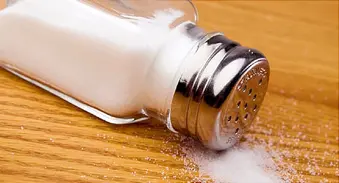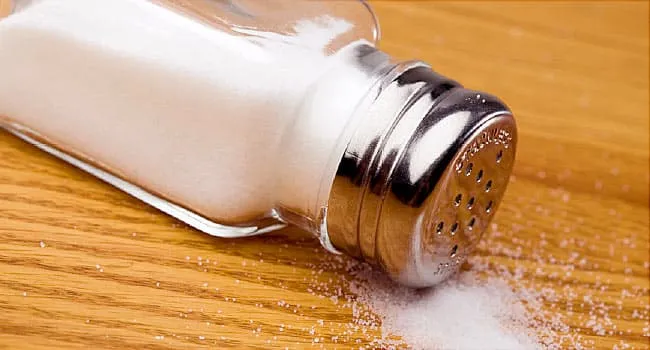Quiz: Test Your Salt Smarts


Question 1/15
Salt and sodium are the same thing.
- True
- False
Question 2/15
Your body needs sodium to help with your:
- Nerves
- Muscles
- Circulatory system
- All of the above
Question 3/15
Most sodium in a typical Western diet comes from:
- Processed foods
- Salt added at the table
- Salt added during cooking
- None of the above
Question 4/15
High-salt diets have been linked to which health problem?
- High blood pressure
- Cystic fibrosis
- Breast cancer
- All of the above
Question 5/15
A high-salt diet is just as bad for a person's blood pressure whether they're physically active or not.
- True
- False
Question 6/15
A high-salt diet can contribute to heart disease.
- True
- False
Question 7/15
The maximum recommended daily amount of sodium for healthy adults is about:
- 2/3 teaspoon of salt
- 1 teaspoon of salt
- 1/4 cup of salt
- 1/2 cup of salt
Question 8/15
You should limit your sodium to 1,500 mg per day if you are:
- Over 50 years old
- African-American
- Diabetic
- All of the above
Question 9/15
Women typically eat more sodium than men.
- True
- False
Question 10/15
Sodium is used in food as a:
- Binder
- Preservative
- Color enhancer
- All of the above
Question 11/15
Which of the following has more sodium?
- 1 cup of low-fat cottage cheese
- 1 cup of self-rising flour
- 1 cup of canned tomato sauce
- 1 cup of chicken noodle soup
Question 12/15
How long does it take for most people’s taste preferences to adapt to a low-salt diet?
- 2 days
- 1 week
- 4 to 6 weeks
- 8 to 12 weeks
Question 13/15
Sea salt is a good low-sodium alternative to table salt.
- True
- False
Question 14/15
Most sports drinks contain sodium.
- True
False
Question 15/15
If the label on a food product says "sodium-free," it contains no sodium.
- True
- False
